Japanese garden ideas – 11 design tips for a zen backyard
These Japanese garden ideas will help you to create a semblance of tranquility, serenity and peace within your garden
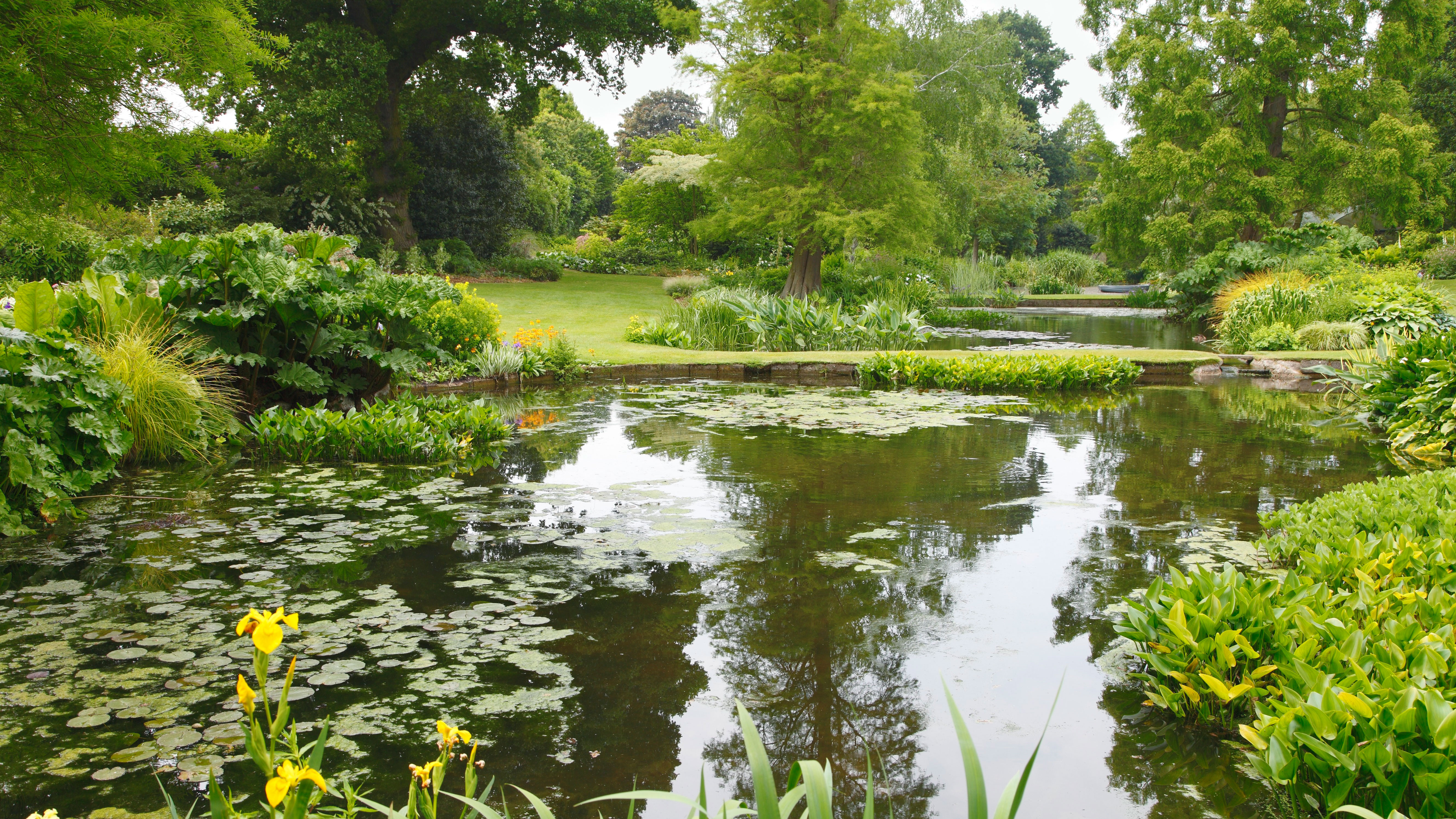

Japanese garden ideas are works of art.
Immaculate, serene and perfectly poised, these gardens have often taken a lifetime of study and devotion to produce.
And we may not have much time in our own lives to put aside for learning the gentle art of cloud pruning, intricate gravel maintenance or Kanso (the Japanese equivalent of Feng Shui).
But we can take inspiration from these life-affirming garden ideas to bring a little magic, reflection and quiet contemplation to our own outdoor spaces.
Japanese Garden Ideas
1. Introduce water into a Japanese style garden
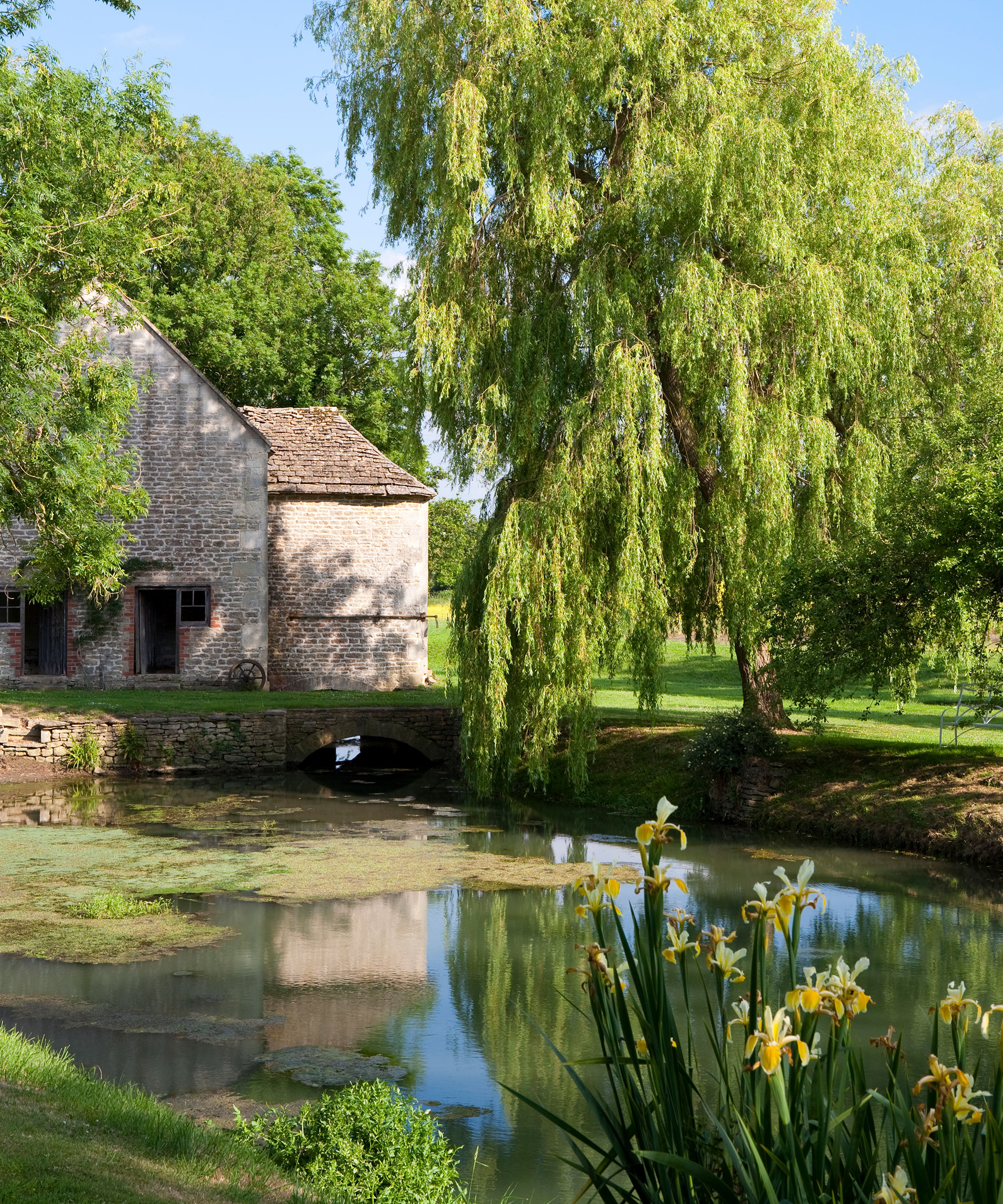
Water is an essential element in a Japanese garden. Adding a water feature is a wonderful garden decor idea that brings an extra dimension to the garden, providing a focal point and lending a sense of peace and tranquillity.
The planting in and around it is vital to the overall effect of the water itself. Think of weeping willows bending down to the glass surface, or the color of Acer palmatum (maple) reflecting its fire-like gold and orange leaves across a pond or bowl.
2. Preserve the moss and patina
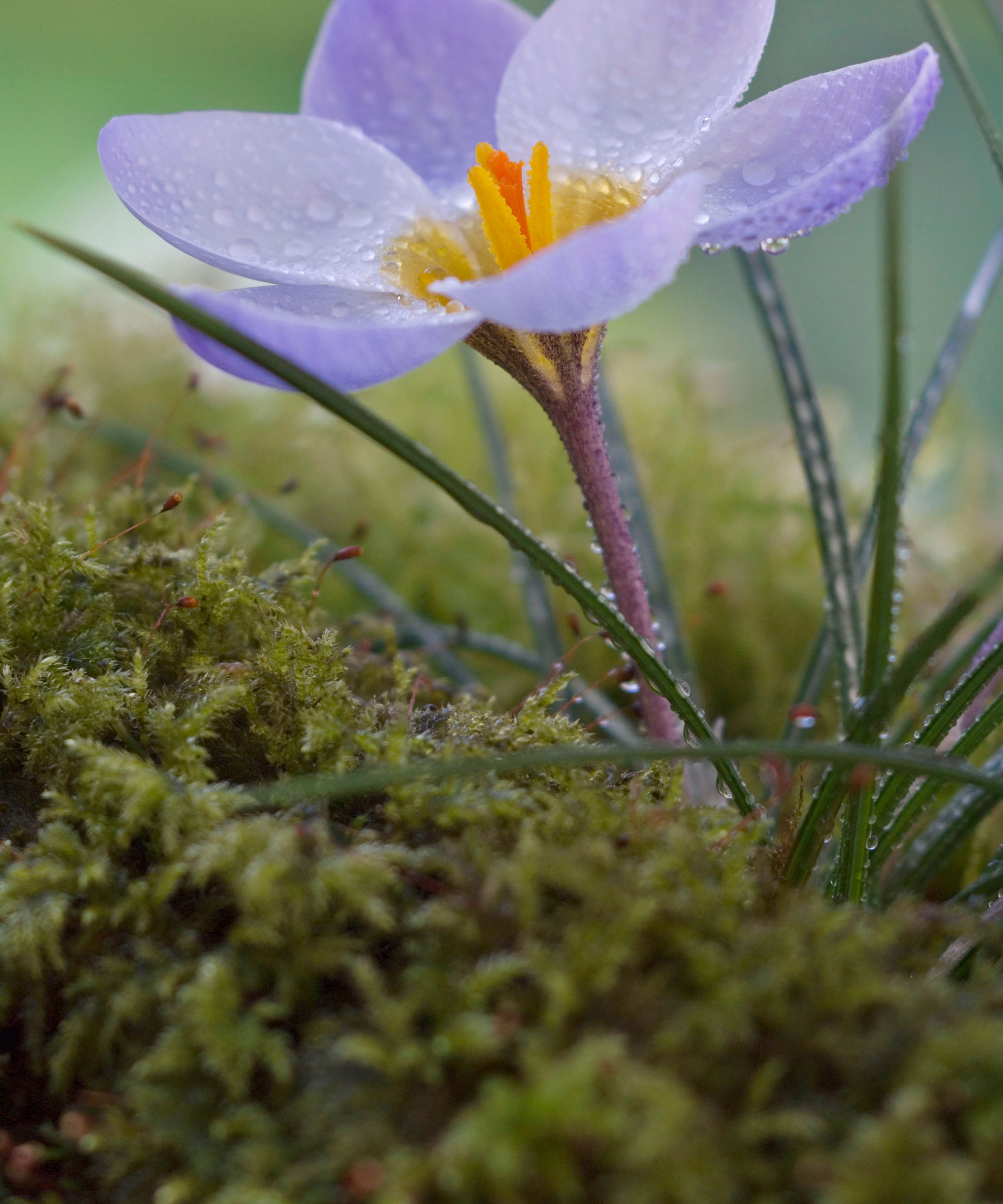
Long gone are the days of scrubbing every stone, pathway or rockery to create a 'clean' surface.
Japanese gardens are all about preserving the patina. Age and life equals wisdom, after all. A Japanese-inspired moss garden is the latest trend for solving problems with patchy, yellow grass and overgrown lawns.
‘Moss gardening is traditional in Japan and becoming increasingly popular in North-West and North America,’ says Guy Barter, chief horticulturist at the Royal Horticultural Society. Your garden should look as if it has been there for many years.
3. Embrace the Japanese concept of 'Ma'
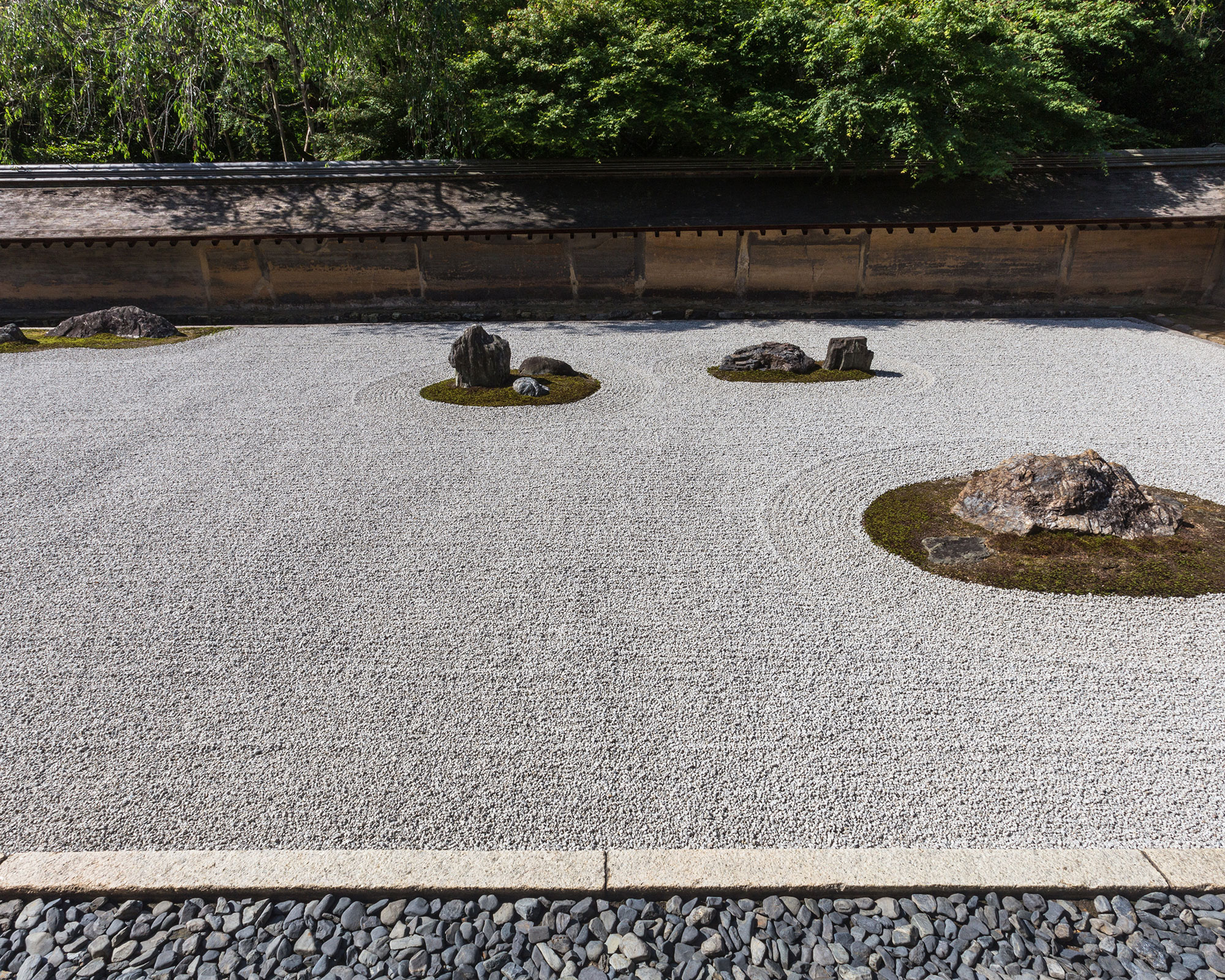
Ryoanji or the Temple of the Dragon at Peace is a Zen temple in northwest Kyoto. The temple and gardens are listed as Historic Monuments of Ancient Kyoto and as a UNESCO World
The Japanese garden is a process of distillation and serenity, so overcrowding your space for the sake of it is a huge faux pas in Japanese culture.
The Japanese concept of Ma is something that relates to all aspects of life. It has been described by many as a pause in time, an interval or emptiness in space. Ma is all about creating the sense of balance that has both movement and stillness. It is filled with nothing but energy and feeling.
In theory, dedicate your time and passion to your outdoor space. In practice, do resist the temptation to fill in every last corner of the garden. Being 'unfinished' isn’t a bad thing in this instance.
4. Keep the color palette consistent
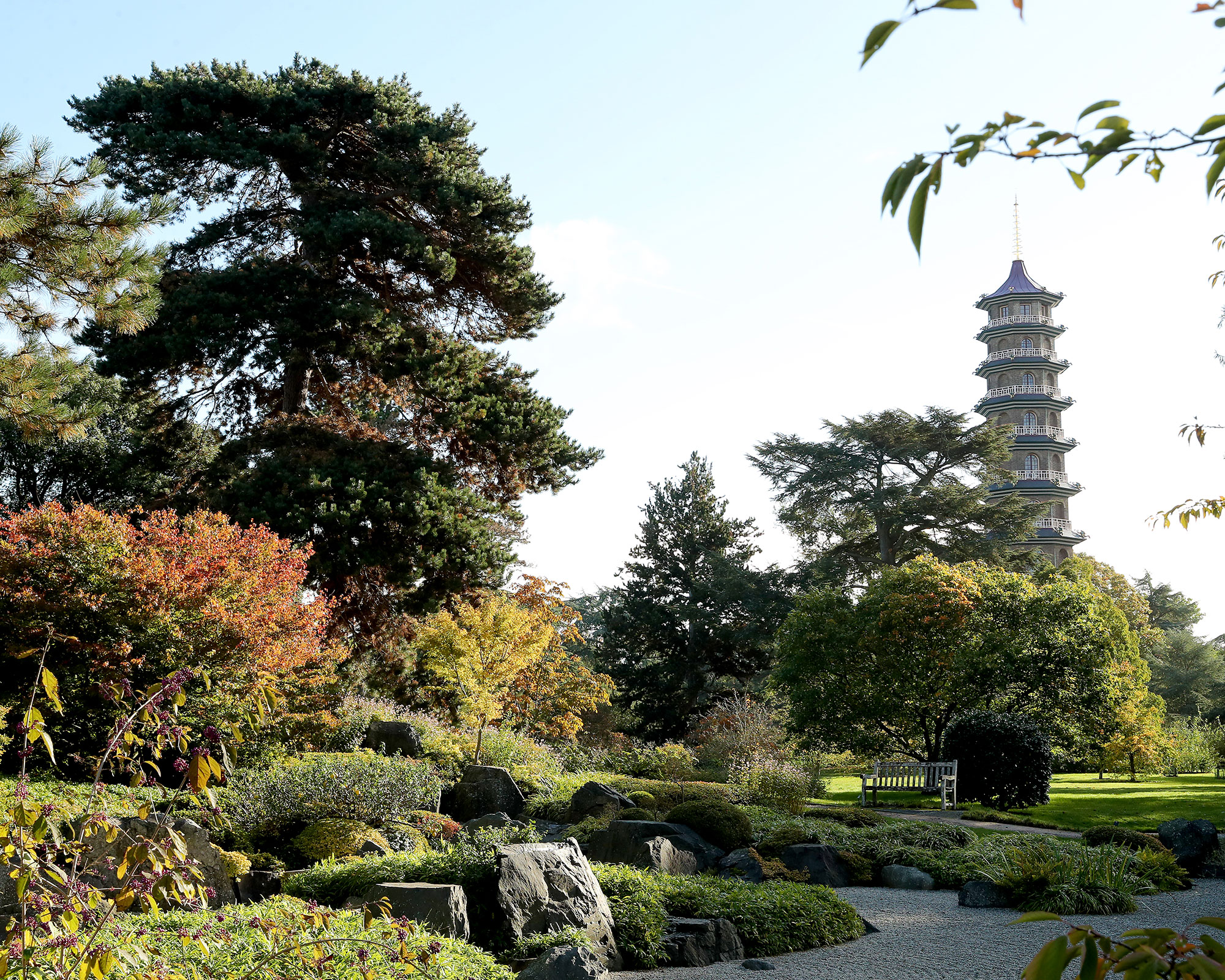
The Japanese Gardens during the fall weather at The Royal Botanic Gardens Kew
If you had to pick one color that’s essential to a Japanese garden, it would be green. Use a variety of green hues to create a sense of quiet and calm, a place that is restful, a million miles away from the hectic pace of daily life.
That is not to say that the Japanese do not like color in their gardens. In Japan, if there’s any sort of bright color, it’s one plant at a time. If you're wondering how to plan a garden with a touch of color, go for azaleas, iris and maple – they are all very singular.
5. Create movement with sand and gravel
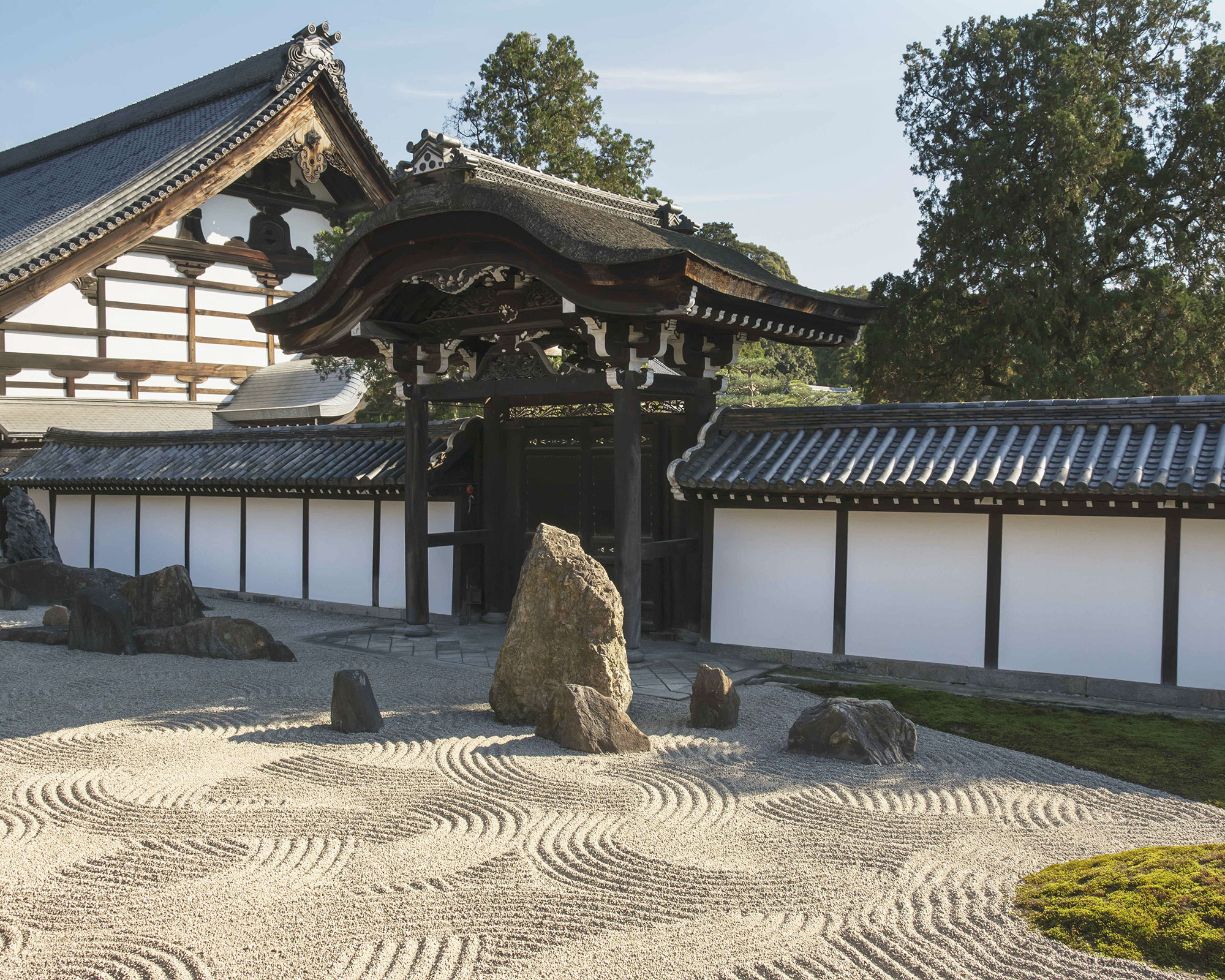
Japanese Zen Temple Garden; Kyoto, Japan
If you’d like to make the move towards minimalism in a garden, consider dedicating a space to a dry garden with no plants at all – just sand, gravel and granite.
You can use a rake to create patterns in the sand, and change the patterns from time to time to make the garden feel new. While any kind of gravel will work, decomposed granite is best for getting those sharply raked lines.
6. Incorporate gates and pathways
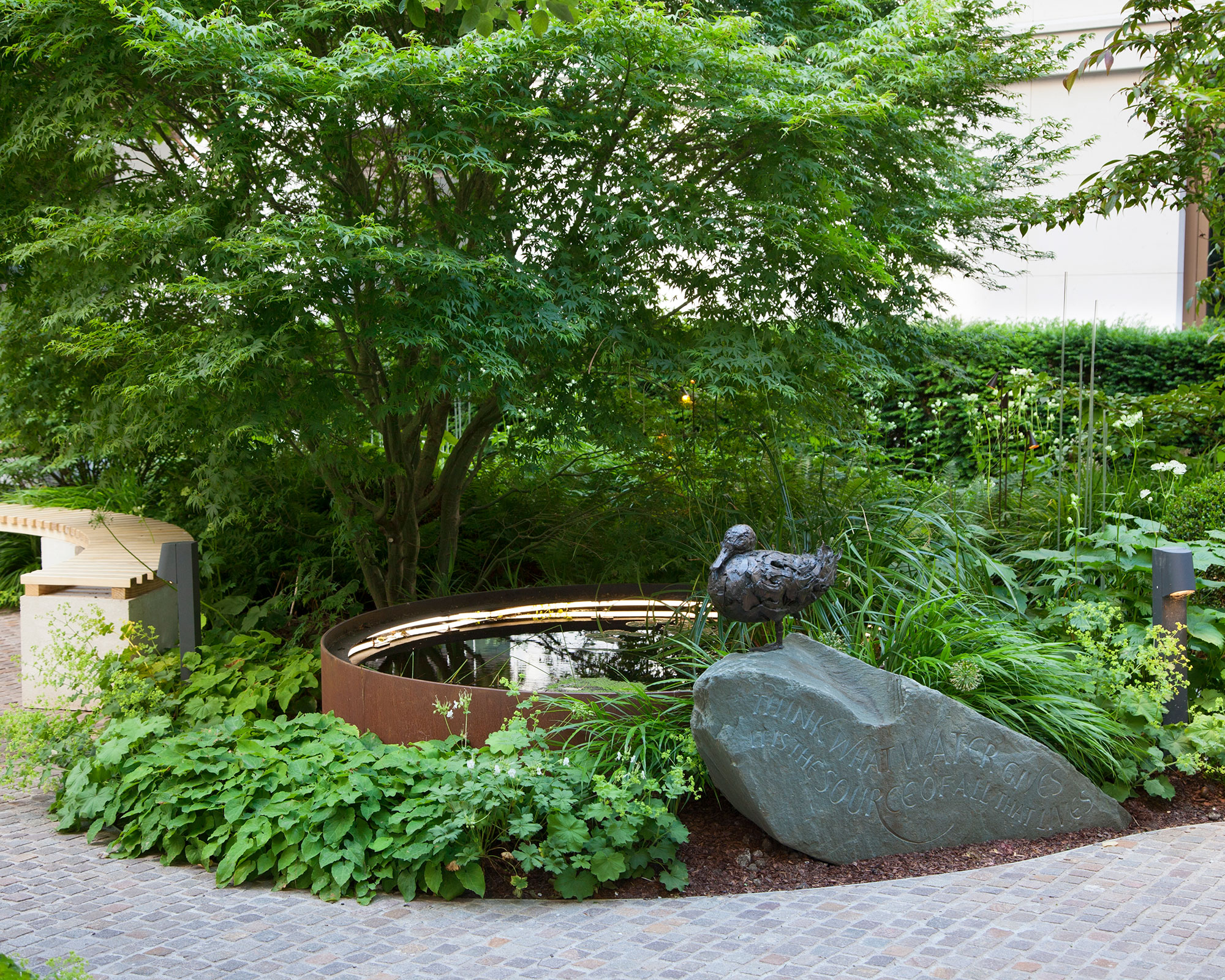
'Pathways are used in Japanese gardens to help the body and soul to wander,' says gardener David Domoney. 'Most Japanese gardens feature decorative paths, walkways and bridges that meander to unseen areas of the garden.'
Many Japanese gardens have gates that aren’t intended as physical barriers. A gate or bridge can give visitors a sense of discovery, and will make a garden feel bigger by dividing it.
Each area should be subtly concealed from the next, yet there should also be a sense of connectivity and harmony.
7. Use stones and boulders to create a natural look
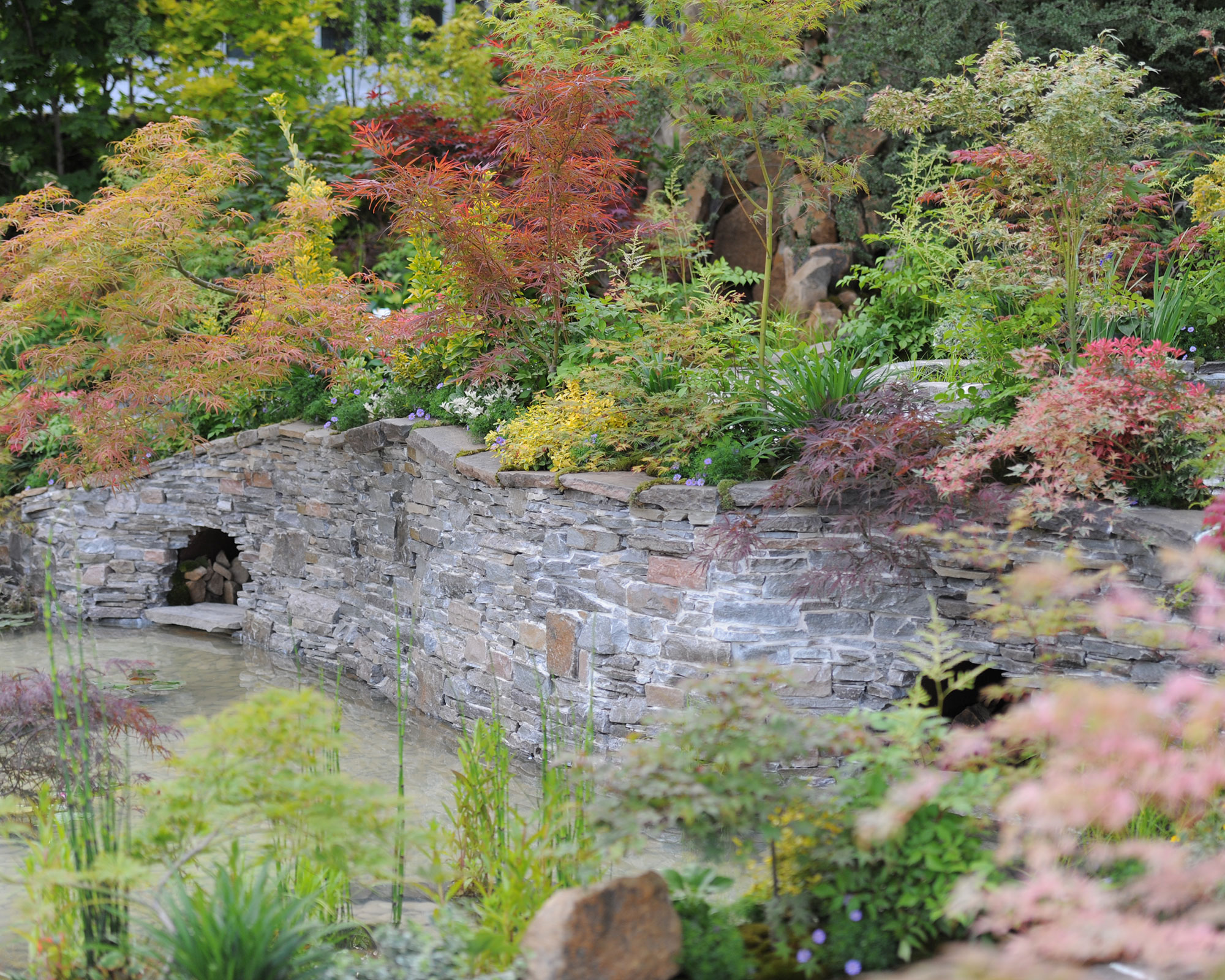
Rocks are used to create islands, cliffs, mountains, and of course rock gardens. Be mindful that their shape and placement call for great expertise.
You don’t want uniformity or consistency in garden walls or stepping-stones; quite the opposite in fact. The best stones for an authentic Japanese garden are rounded on one side, and flat on the other if they're to be walked on.
To make your own natural garden path or walkway, look to riversides, in the forest, or by the ocean for stones with the right kind of shape.
8. Create a hypnotic water feature
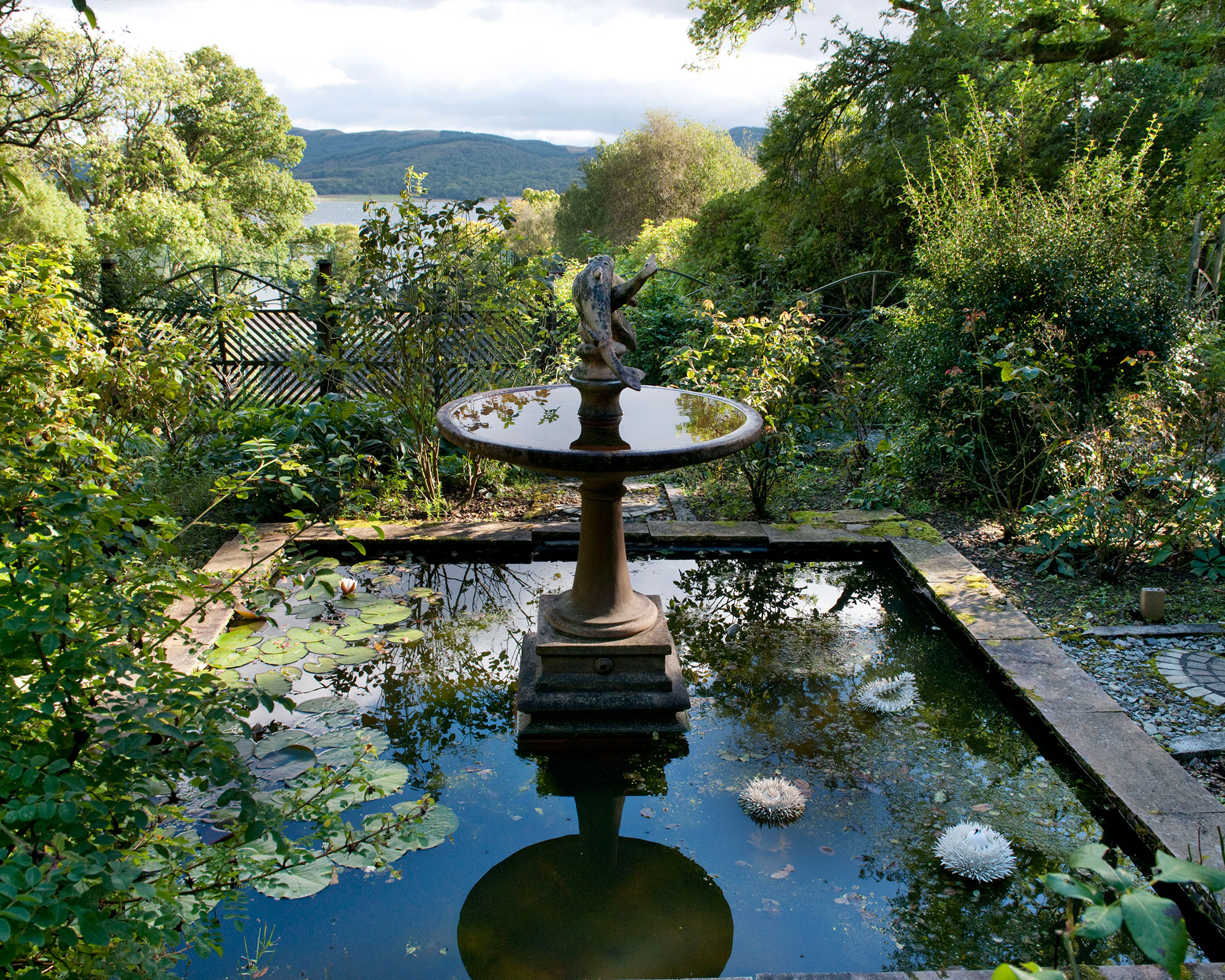
A pond is a requisite feature of most gardens, and it if it can be fed by a running stream to create miniature waterfalls, so much the better.
Ideally the stream should run from east to west, because purity is brought from the east.
9. Understand the true nature of an authentic Japanese garden
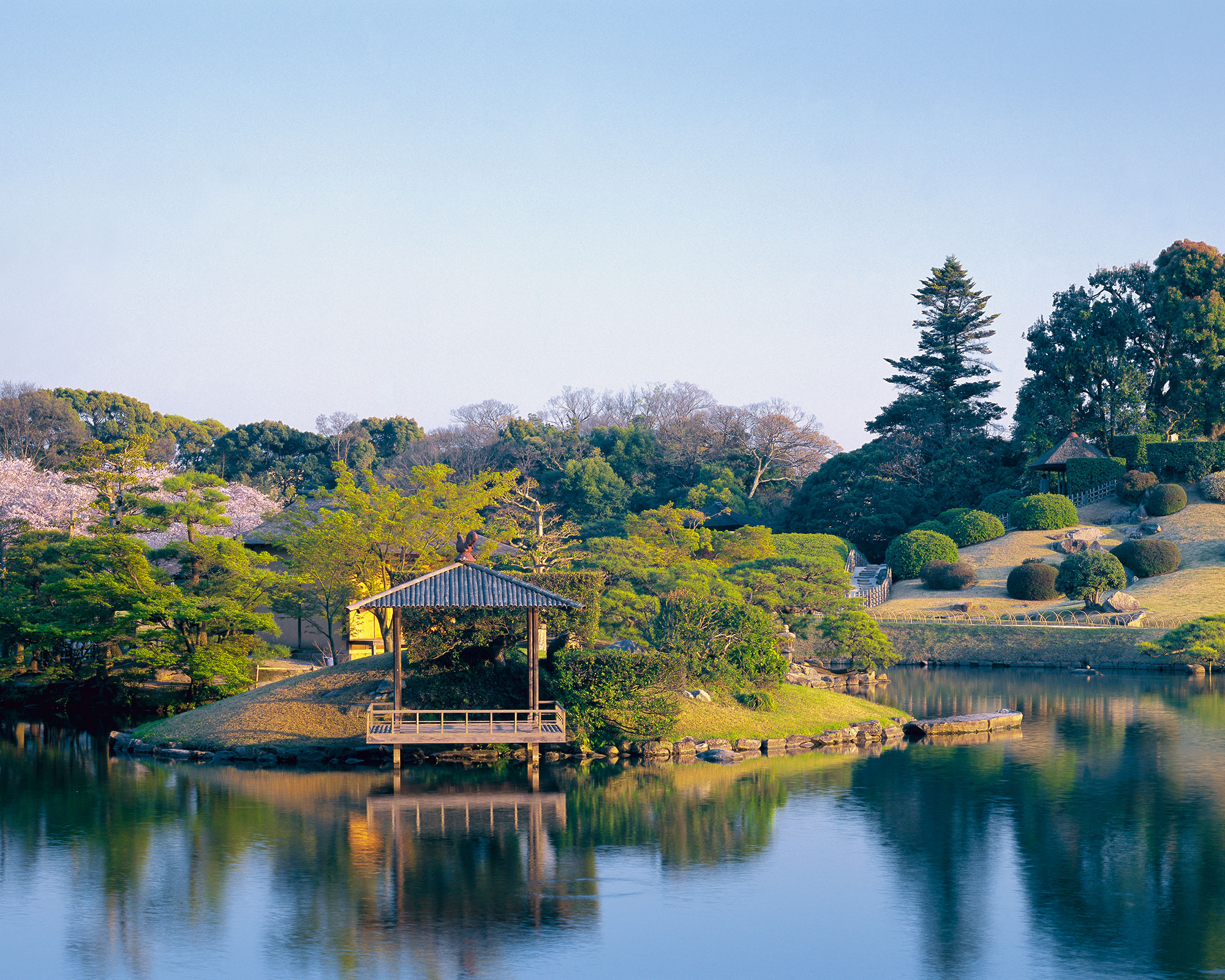
Koraku-en, one of the three most famous gardens in Japan, with its pond, cherry trees, pine trees, tea pavilion and the black castle
While wanting to create a zen garden is a universal thought, ultimately one should never borrow from another culture without truly understanding its significance throughout history.
A Japanese garden reflects the complex character of a people for whom symbolism is seen in commonplace objects. To Westerners, it seems to lack color. But for the Japanese, a garden is not a place for growing flowers, still less for making geometrical patterns of shape and color in formal beds.
The classical Japanese garden is a landscape, artificially contrived, and redolent of symbolism. Contour and contrast are everything; color is unimportant, except for a small accent.
The garden is an extension of the house, and the verandah or patio is a platform from which to view the landscape and contemplate its meaning.
10. Plant a traditional Japanese iris
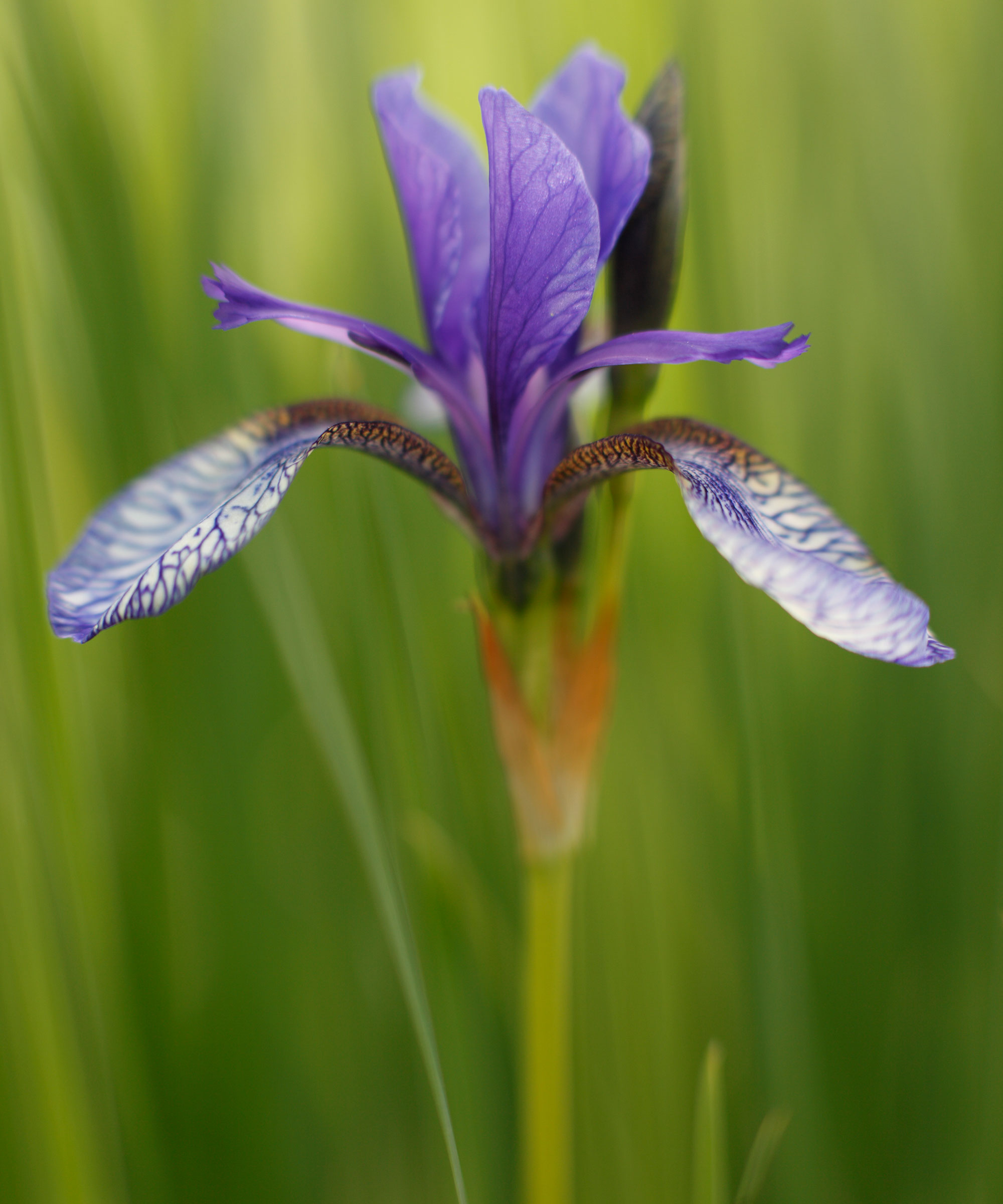
Since the Japanese iris was first introduced to America in the late 19th century, it has become an essential part of many transatlantic gardens. Breeders began work almost immediately to increase the rate and improve the features of this exquisite new plant.
The colors are also richer, due to an increased flower pigmentation. Such is the regard for the Japanese iris in America that entire gardens, such as the Ensata Gardens in Michigan, are dedicated to their culture, and attract thousands of visitors.
Ideally, they look best beside water, where their reflections create a shimmering duplication and, more importantly, the roots can remain constantly damp. This is the secret to growing Japanese iris, and even a small garden pond could be enriched by a few of these irises planted around the edge.
11. Take inspiration from imperfection
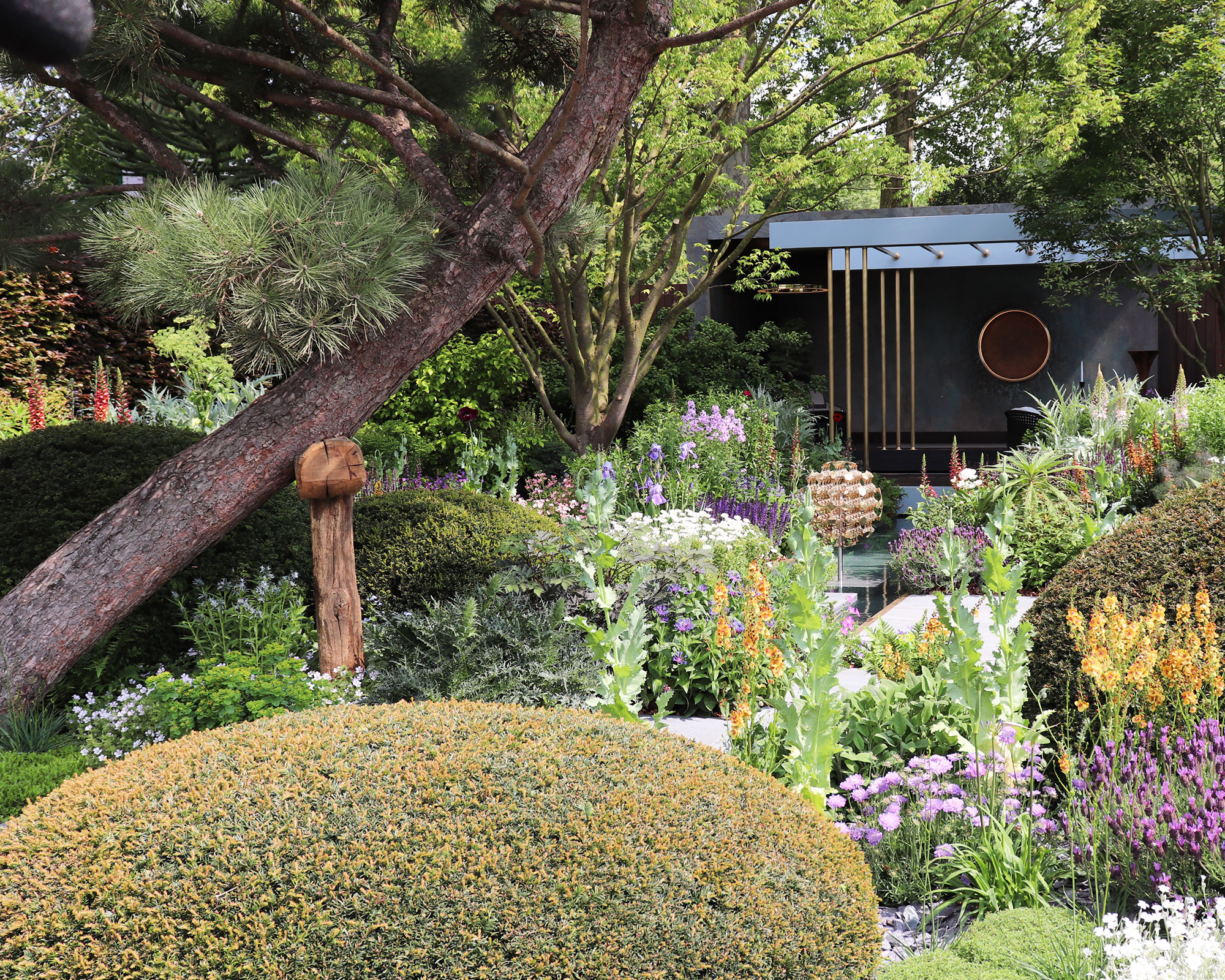
Aligning with the new awareness of the old Japanese philosophy of wabi sabi (or beauty and wisdom in imperfection), designer Chris Beardshaw made a dramatic statement in his Show Garden at the RHS Chelsea Flower Show, 2019.
The most captivating feature, in our opinion, was the wonderfully wonky pine tree, leaning on its own crutch. Its unconventional shape meant it was rejected by other gardeners, but it was exactly this unusual form which made the designer want to use it.
What is a Japanese garden?
Japanese gardens come in all shapes and sizes, from zen gardens to small courtyard gardens to the larger tea and stroll gardens that are designed to be walked around rather than viewed from a static spot.
They can include ponds and islands, bridges, tea houses and dry landscapes of sand and gravel and are full of design and planting ideas that we can try for ourselves.
How do you make a simple Japanese garden?
Start by thinking about how people will experience your garden and design with that in mind. Imagine how they will get from one point to another and include a pathway that, when followed, will reveal and screen particular views as they travel through.
Look beyond the confines of your garden and design with its backdrop in mind, using planting to screen off less attractive features and using more pleasing ‘borrowed scenery' to enhance your design.
Think about including water and guide your visitors over and around it using rocks and large flat stones as low-level bridges. The combination of water and rock represents the essential forces of life and nature. It is a staple of Japanese gardens and is a great addition to a sensory garden, too.
Also, creating a water feature brings something really special to the garden, encouraging wildlife and offering the opportunity to introduce new flowers and foliage.
How to plant a Japanese garden
When it comes to planting, include lots of evergreens, but ensure your mix of greens is subtle and interesting, and includes different textures. Focus on foliage over flowers and bring in color to highlight a feature or celebrate the seasons rather than using it for its own sake.
Sign up to the Homes & Gardens newsletter
Design expertise in your inbox – from inspiring decorating ideas and beautiful celebrity homes to practical gardening advice and shopping round-ups.

Jennifer is the Digital Editor at Homes & Gardens. Having worked in the interiors industry for several years in both the US and UK, spanning many publications, she now hones her digital prowess on the 'best interiors website' in the world. Multi-skilled, Jennifer has worked in PR and marketing and occasionally dabbles in the social media, commercial, and the e-commerce space. Over the years, she has written about every area of the home, from compiling houses designed by some of the best interior designers in the world to sourcing celebrity homes, reviewing appliances, and even writing a few news stories or two.
-
 5 surprising but brilliant ways to clean with old socks – from perfectly buffing stainless steel to deterring pests naturally and more
5 surprising but brilliant ways to clean with old socks – from perfectly buffing stainless steel to deterring pests naturally and moreTackle dust in tricky corners, clean your mirrors and even banish bad odors with those rogue single socks
By Andy van Terheyden Published
-
 How to grow astilbe – expert advice on cultivating this shade-tolerant flowering perennial
How to grow astilbe – expert advice on cultivating this shade-tolerant flowering perennialShade-tolerant and pest-resistant - astilbe are hardy and tough perennials that can thrive in many settings
By Ellen Wells Published